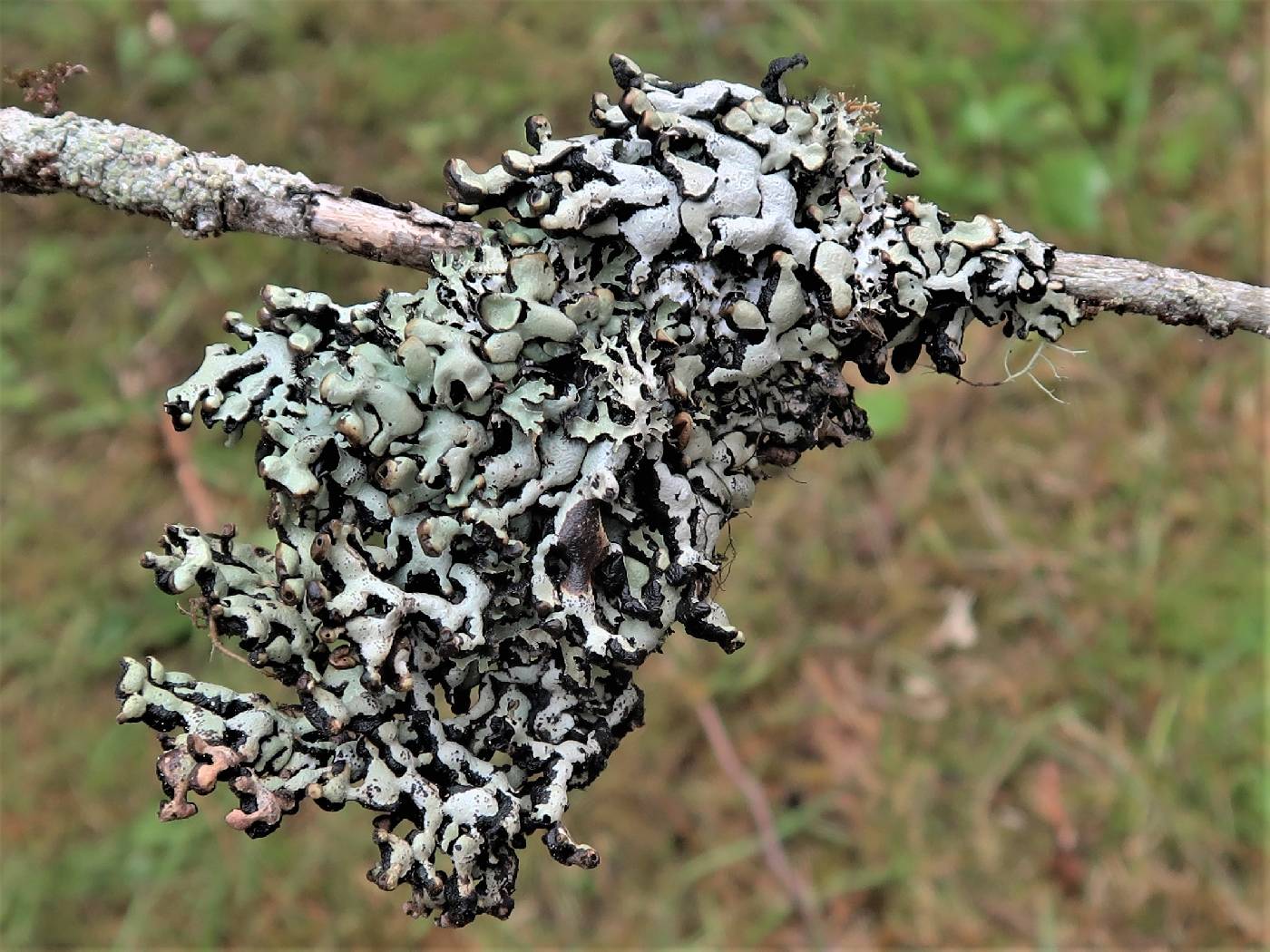
Consortium of Lichen Herbaria
- building a Global Consortium of Bryophytes and Lichens as keystones of cryptobiotic communities -
- Home
- Search
- Images
- Species Checklists
- US States: O-Z >
- US National Parks
- Central America
- South America
- US National Parks
- Southern Subpolar Region
|
Family: Parmeliaceae |
Nash, T.H., Ryan, B.D., Gries, C., Bungartz, F., (eds.) 2002. Lichen Flora of the Greater Sonoran Desert Region. Vol 1. Life habit: lichenized Thallus: foliose, small to medium sized, to over 30 cm or more wide, lobate lobes: hollow or rarely solid, short and irregular to linear and elongate, contiguous or free, erect, appressed, imbricate, or pendulous, tips pointed to rounded, perforate in some species; cilia lacking upper surface: whitish, pale gray, greenish gray, black-mottled in some species, often browning or blackening in exposed sites, smooth to rugose or verrucose; pseudocyphellae lacking; soredia, schizidia, isidia (non-Sonoran species only), and lobules present or absent upper cortex: ± columnar paraplectenchymatous medulla: white or dark or with a white ceiling and dark floor, loosely packed or matted around the lobe cavity photobiont: primary one a Trebouxia, secondary photobiont absent lower cortex: paraplectenchymatous lower surface: black, usually brown toward the lobe tips, sometimes brown throughout, moderately to extremely wrinkled, attachment by scattered or basal holdfasts; rhizines lacking; cyphellae; pseudocyphellae, and tomentum absent but some species with roundish perforations into the lobe cavity, Ascomata: absent or present, apothecial, imperforate, laminal on thallus, orbicular, cup-shaped, sessile to substipitate or stipitate, the stipe swollen or collapsed and funnel-form, margin prominent as a thin, thalloid, eciliate rim; exciple: gray or hyaline; hypothecium: hyaline; epithecium: brown asci: Lecanora-type, apex amyloid, with wide, axial body divergent towards apex, 8-spored ascospores: simple, subspherical to ellipsoid, 3.5-10 µm x 3-6 µm, wall thin, hyaline, smooth Conidiomata: pycnidial, laminal, immersed to slightly protruding, black, punctiform conidia: rod-shaped to weakly bifusiform, 4.5-8 x 0.5-1 µm Secondary metabolites: upper cortex with atranorin and chloroatranorin (or usnic acid in some Asian species); medulla with a combination of orcinol or ß-orcinol depsidones and ß-orcinol depsides Geography: temperate, montane, and subalpine forests and woodlands to shrub steppe and arctic-alpine tundra Substrate: mostly bark and wood, less often on acidic rock, mossy rock, or alpine sod. By TLC unknown C7 has the following characteristics: fluoresces reddish or orange in long-wave UV light, is colorless before and after charring, has Rf classes A:4-5 and C:5-6, usually separating into two adjacent spots in C. Unknown C8 is UV-, colorless before charring, light brown after charring, and falls in Rf classes A1-2, B2, and C2. It is most easily seen in solvent C, often being hidden by other spots in solvent A. Notes: Many species of Hypogymnia occur just north of the area covered by this flora, most commonly H. apinnata, H. enteromorpha, H. inactiva, and H. rugosa. These and other species of the cool temperate to montane west are covered by McCune and Geiser (1997). South of the study area, high mountain areas in Mexico support H. bitteri, a species distributed sporadically along the Cordillera. In their typical forms, all of the Hypogymnia species in western North America are morphologically distinct. Chemical tests (especially the P test) are, however, extremely useful in identifying small, depauperate, or otherwise morphologically ambiguous specimens. Pigmentation of the lobe cavity is a very useful character, but it must be checked well back (1 cm or more) from the lobe tips. The interior of the lobe tips is often white, even in species that develop dark cavities. |
Powered by Symbiota









